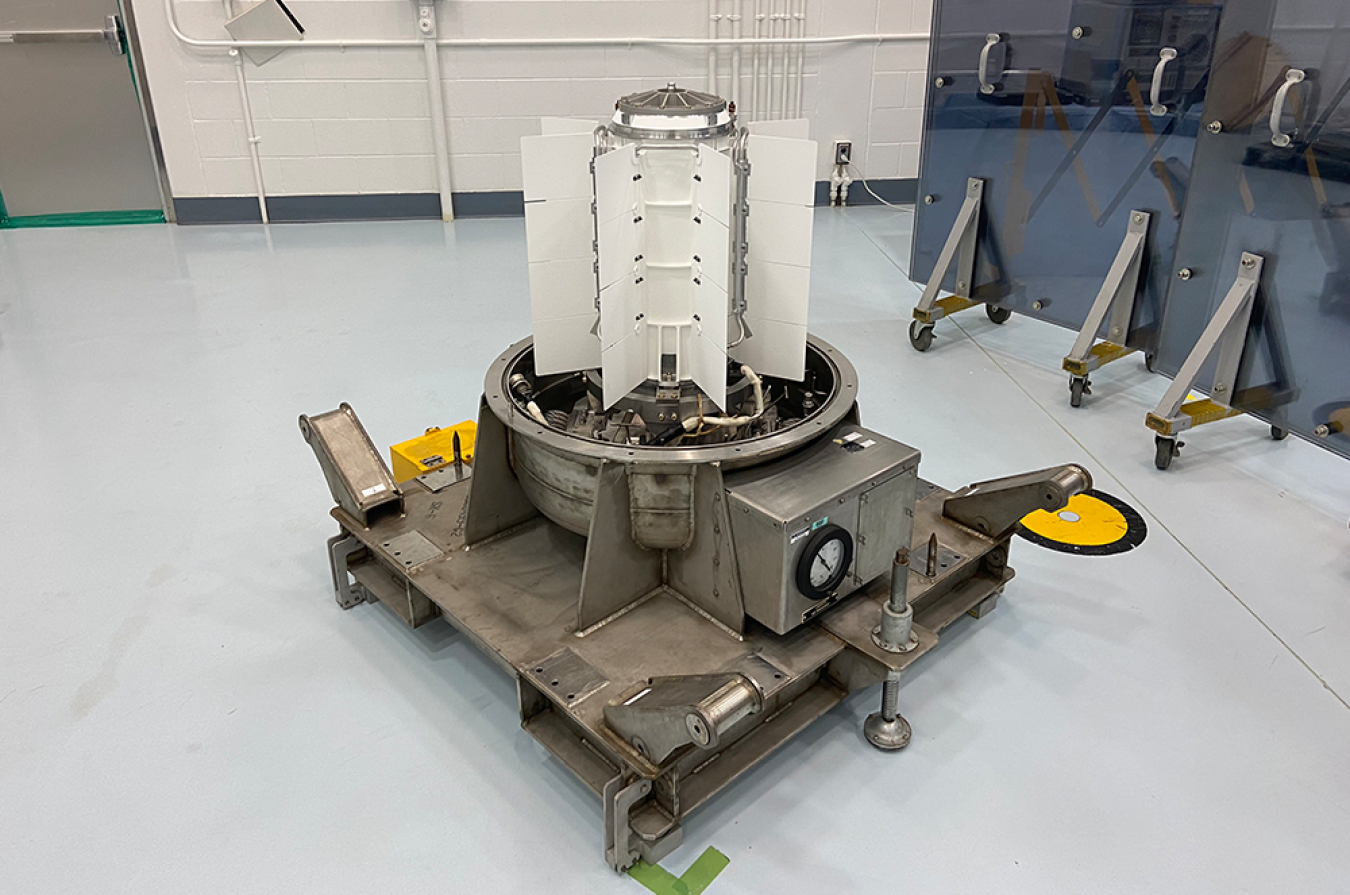Nuclear has powered space exploration for decades. Learn radioisotope power systems' role in the most successful space missions in U.S. history.
February 16, 2021
Multi-Mission Radioisotope Thermoelectric Generator
What is a Radioisotope Power System?
Radioisotope power systems (RPS) convert heat generated by the natural decay of plutonium-238—a radioactive isotope—into electrical power. They have powered more than two dozen U.S. space missions and are capable of producing heat and electricity under the harsh conditions in deep space for decades without any maintenance.
Types of Radioisotope Systems
There are two types of radioisotope power systems:
Radioisotope Heater Units (RHU): Small devices that provide heat to keep a spacecraft’s electronic instruments and mechanical systems operational in the cold temperatures of our solar system.
Radioisotope Thermoelectric Generator (RTG): Flight-proven systems that provide power and heat to a spacecraft.
How Does an RTG Work?
RTGs work by converting thermal energy into electrical energy through devices known as thermocouples. The natural decay of plutonium-238 produces heat that is then transferred to one side of the thermocouple. The temperature difference between the fuel and the atmosphere allows the device to convert this heat into electricity. The most current RTG model, the Multi-Mission Radioisotope Thermoelectric Generator (MMRTG), provides approximately 110 Watts of electrical power when freshly fueled.
RTGs are built to last. Its sturdy and compact design make it an ideal energy source for remote operations. They can withstand the harsh environments and frigid temperatures of deep space travel for decades, have no moving parts and require no maintenance, and have proven to be extremely reliable. In fact, some RTGs launched decades ago, are still in operation today like the Voyager mission that first started in 1977.
Developing RTGs
The U.S. Department of Energy (DOE) develops RPS for NASA by utilizing the specialized facilities at its national labs.
Oak Ridge National Laboratory provides the heat source materials and hardware. Los Alamos National Laboratory purifies and encapsulates the plutonium-238. Idaho National Laboratory then assembles, tests, and assures the final delivery of the RPS.
History of RTGs
First-generation RTGs carried small amounts of radioisotope materials and were built to burn up at high altitudes during an accidental reentry. That’s changed with later designs that contain the plutonium in case of reentry. RTGs hold an excellent performance record and have never been the cause of a spacecraft accident. Of the three failed missions with RTGs on board, the power systems performed as designed.
For more than 50 years, DOE and its predecessor, the Atomic Energy Commission, has successfully provided RPS for NASA, Navy and Air Force missions. RTGs have contributed to many monumental and historic space missions such as the Apollo missions to the moon, the Viking and Curiosity missions to Mars, the New Horizons mission to Pluto and the Kuiper Belt and the Cassini mission to Saturn.
What’s Next?
The next generation of RPS have opened the door to a host of new opportunities. MMRTGs have even more flexible designs that allow them to operate through the vacuum of space and planetary atmospheres. NASA used a MMRTG in its Mars 2020 rover mission and a MMRTG for the Dragonfly rotorcraft lander mission to explore Titan in 2027.
Learn more about DOE’s role in helping power U.S. space missions.


